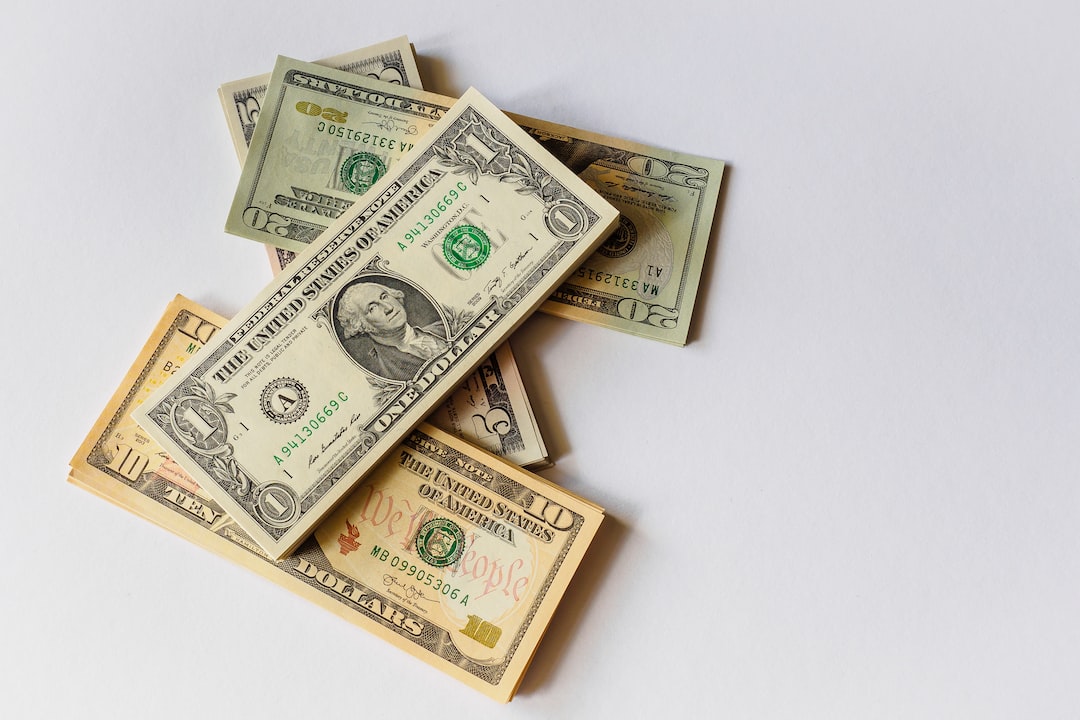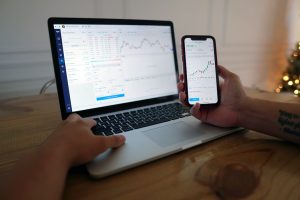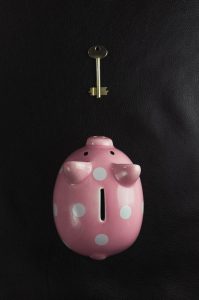Leverage is a powerful tool in the forex market that allows traders to increase their trading power and potentially earn higher profits. However, leverage can also amplify losses, making it important to understand when leverage is required in forex trading.
Leverage is essentially borrowing money from a forex broker to trade with a larger position than the trader’s account balance. For example, if a trader has an account balance of $1,000 and uses 100:1 leverage, they can control a position size of $100,000. This means that a small change in the exchange rate can result in a significant profit or loss.
So, when is leverage required in forex trading?
1. To increase trading power
One of the main benefits of leverage is that it allows traders to increase their trading power. With a small account balance, traders may not be able to afford to trade large positions. However, with leverage, they can control larger positions and potentially earn higher profits.
For example, if a trader has a $1,000 account balance and wants to trade the EUR/USD currency pair, they may only be able to afford a position size of 0.1 lots (10,000 units). However, with 100:1 leverage, they can control a position size of 1 lot (100,000 units). This increases their potential profits if the trade goes in their favor.
2. To manage risk
While leverage can increase profits, it can also amplify losses. This is why it’s important to use leverage wisely and only when necessary. One way to use leverage to manage risk is to use it to open multiple smaller positions rather than one large position.
For example, if a trader has a $10,000 account balance and wants to trade the GBP/USD currency pair, they may want to open four positions of 0.25 lots each (25,000 units) with 50:1 leverage. This allows them to manage their risk and potentially earn profits on multiple trades rather than risking it all on one trade.
3. To take advantage of market opportunities
The forex market is constantly moving, with opportunities to make profits arising at any time. Leverage can allow traders to take advantage of these opportunities quickly and efficiently.
For example, if a trader sees a sudden spike in the EUR/USD exchange rate, they may want to open a position quickly before the market changes. With leverage, they can quickly open a larger position size than their account balance would allow, potentially earning a larger profit if the trade goes in their favor.
4. To trade with a smaller account balance
Many forex brokers offer high leverage to attract traders with smaller account balances. This is because traders with smaller account balances may not be able to afford to trade large positions without leverage.
For example, if a trader has a $100 account balance and wants to trade the USD/JPY currency pair, they may only be able to afford a position size of 0.01 lots (1,000 units). However, with 500:1 leverage, they can control a position size of 5 lots (500,000 units). This allows them to potentially earn higher profits with a smaller account balance.
In conclusion, leverage can be a useful tool in forex trading when used wisely and only when necessary. It can increase trading power, manage risk, take advantage of market opportunities, and allow traders to trade with a smaller account balance. However, it’s important to understand the risks of leverage and use it carefully to avoid amplifying losses. Traders should always use a risk management strategy when trading with leverage to protect their account balance.





